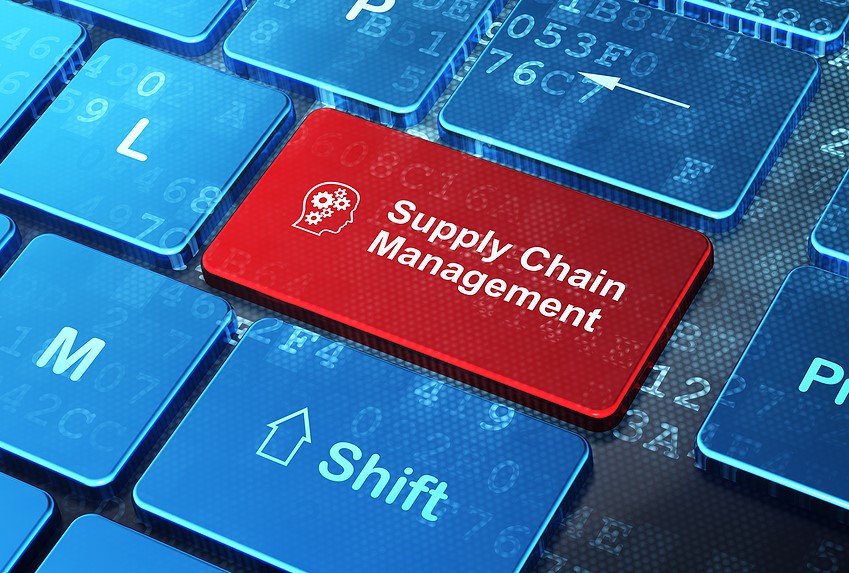News
Spotlight On: Water Risk In Global Supply Chains
Water systems around the world are becoming increasingly fragile, burdened as they are by the combined pressures of climate change, population growth, urbanisation, pollution, water mismanagement and more frequent extreme weather events like flooding and drought.
Figures from the United Nations show that water demand around the world is expected to rise by up to 30 per cent by the year 2050, which has dire implications for one and all, from governments and big business down to the individual.
We all have our own water footprints to start bearing responsibility for, of course, but given that companies have some of the biggest water impacts out there, the onus is very much on them to take action now and reduce water risks across their entire supply chain.
The good news in this regard is that it seems corporations are starting to take this responsibility seriously, with new research from non-profit CDP revealing that 50 per cent of large companies (those with an annual revenue of over $250 million) are now actively engaging their supply chain on water risks.
Thus far, this is taking the form of including water requirements in supplier contracts, raising awareness of water issues, collecting water data and prioritising innovation.
The study found that some one in five companies are now facing such significant supply chain risks that their business could be hit with serious strategic or financial impacts.
These risks have been estimated to come to $77 billion across 623 survey participants, with a total of $7 billion considered to be at immediate risk because of urgent water scarcity, food, reputational and regulatory issues.
Despite the fact that industry awareness about the water crisis does appear to be on the rise, the report also revealed that some 28 per cent of companies are not currently engaging with their supply chain on these matters – and have no plans to do so in the next two years.
A fifth of companies in major sectors including agriculture, manufacturing and transportation intimated that the issue was unimportant, irrespective of the fact that their business operations had naturally high water impacts.
As concerning as this may be, there is still light at the end of the tunnel, with 14 per cent of businesses now offering senior leaders and board members incentives to improve supply chain-wide water management.
Of these, four per cent are now providing direct financial incentives to purchasing and procurement officers, including L’Oreal, Coca-Cola and chemicals conglomerate Kao Corporation.
Global head of water with CDP Dr Patricia Calderon commented on the findings, saying: “Supply chains are the knots which tie our global economy together. But they are coming apart rapidly due to climate change and the reckless abandon with which we treat the world’s finite resources.
“The data is telling us our water supplies are becoming ever more fragile and the financial toll is mounting up. It’s down to large companies with the biggest water impacts to take immediate action, working with their suppliers to stem the tide of water risk.”
She went on to say: “The bar needs to be raised much higher if we want to build strong and effective supply chains, free from serious water risks. Companies should shift their outlook to recognising the significant opportunities from becoming more water resilient.”
The report identifies six key steps that businesses can take to address their water footprint and become more effective water stewards:
– Carry out supply chain risk assessments to determine potential impacts
– Set targets for the global supply chain
– Incentivise executives to take action
– Include water in supplier requirements
– Engage with suppliers on the issue
– Incentivise suppliers and provide the necessary support
Considering the water risks
The importance of water as a resource for industry cannot be understated and it’s an essential requirement for the majority of processes that drive manufacturing and production.
As the water crisis continues to deepen in line with climate change and rising global temperatures, challenges like scarcity and pollution will only increase as time goes on, leading to significant economic disruptions.
Operational risks can arise because of decreased water quantity and quality, while increased water and water treatment costs can have a big impact on a business’s bottom line. Furthermore, conflict with other water users can come into play, including other companies, municipalities and local communities.
Reputational risks can also not be ignored. If, for example, your operations are considered to be in competition with the local population for increasingly limited water resources, your business reputation could suffer as a result.
Something else to be aware of are potential regulations being enforced year by year. If your supply chain operates in a country already facing water stress and scarcity issues, you may feel the knock-on effect of water use caps even if you’re not based in that particular country.
One way to get around this particular concern is to focus on local suppliers rather than outsourcing from further afield. This way, you can reduce your water footprint, support your local economy and build resilience into the heart of your business so that even if water-related disruptions are seen in the future, you will be less affected.
In order to drive down the water footprint across your entire supply chain, you should consider having a water audit carried out across your business premises. This will show you how and where you’re using water, so you can bring in the appropriate water-saving measures and adjust these over time based on real-time data coming in.
If you’d like to find out more about how to boost the water efficiency of your business, get in touch with the H2o Building Services team today.
